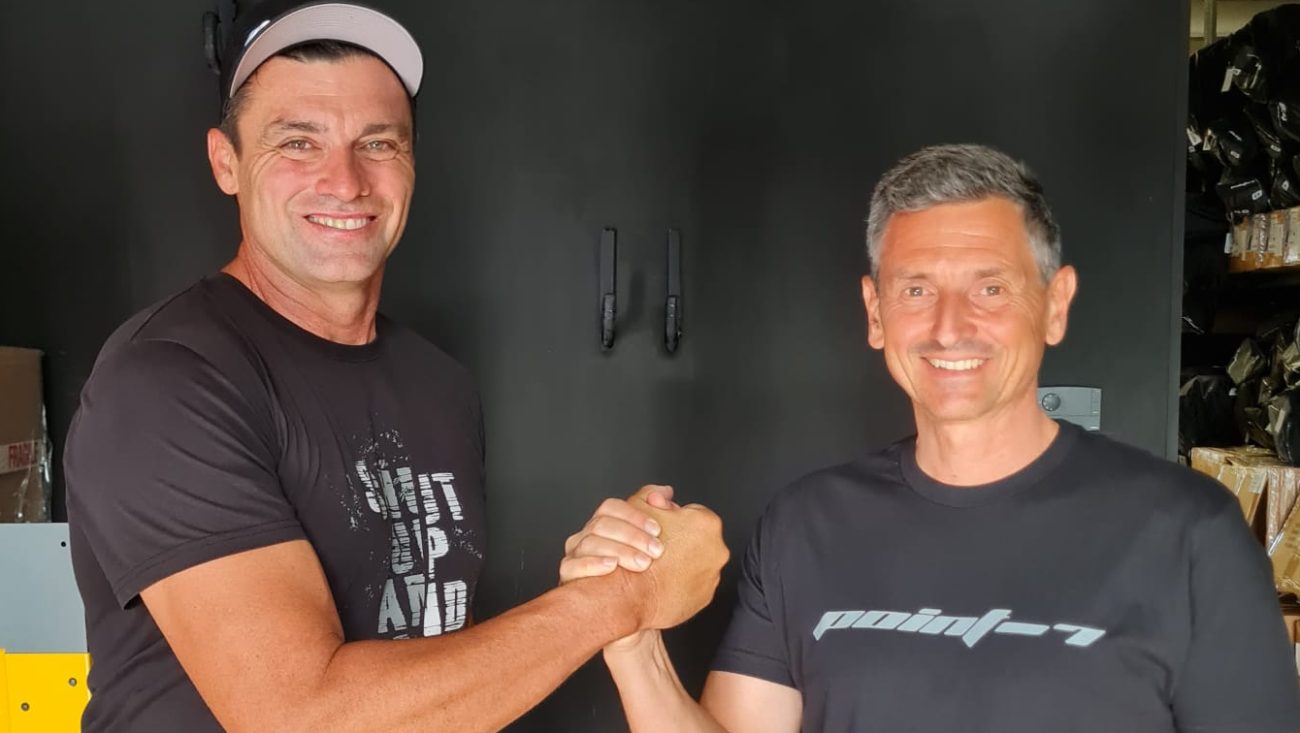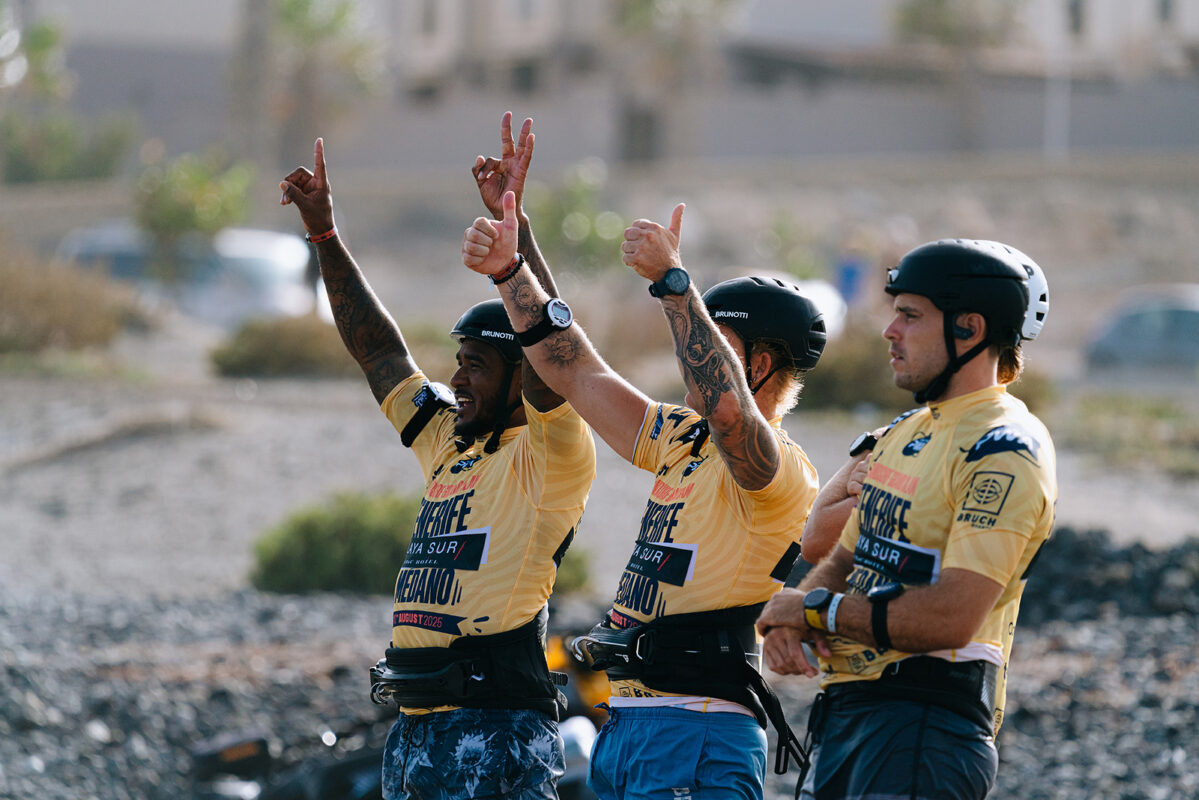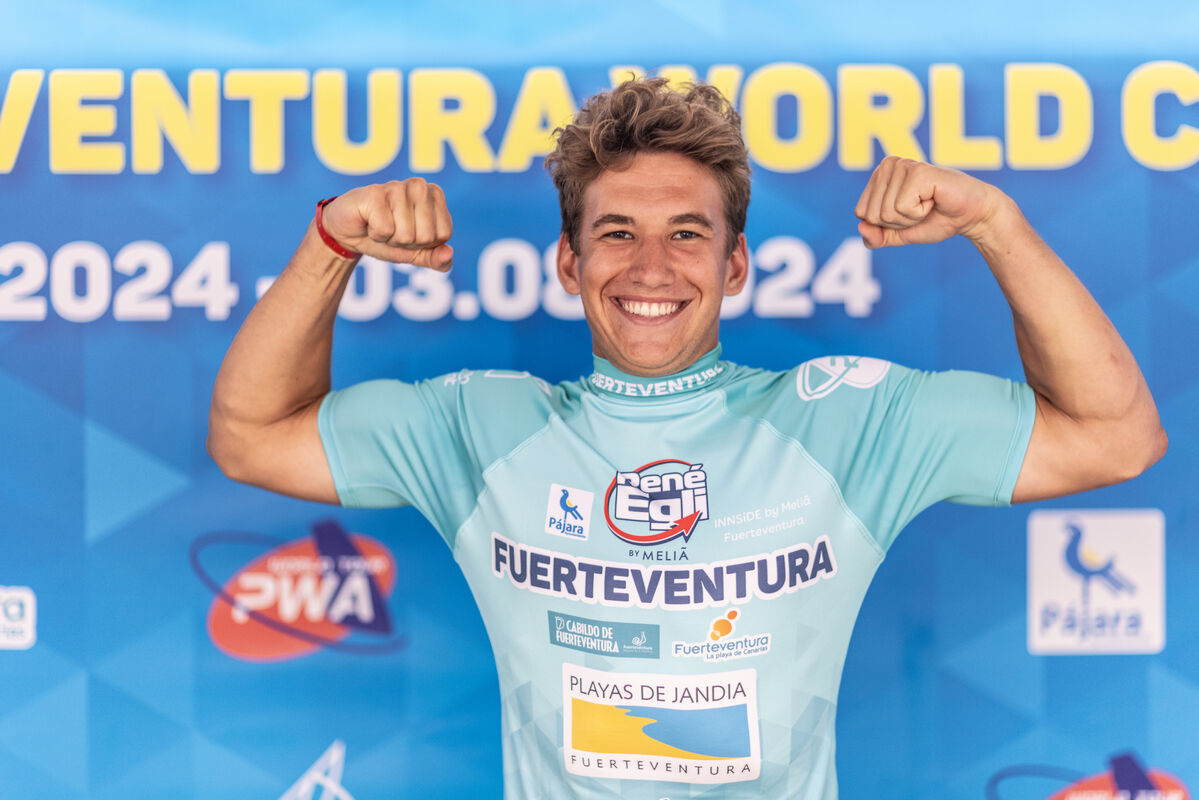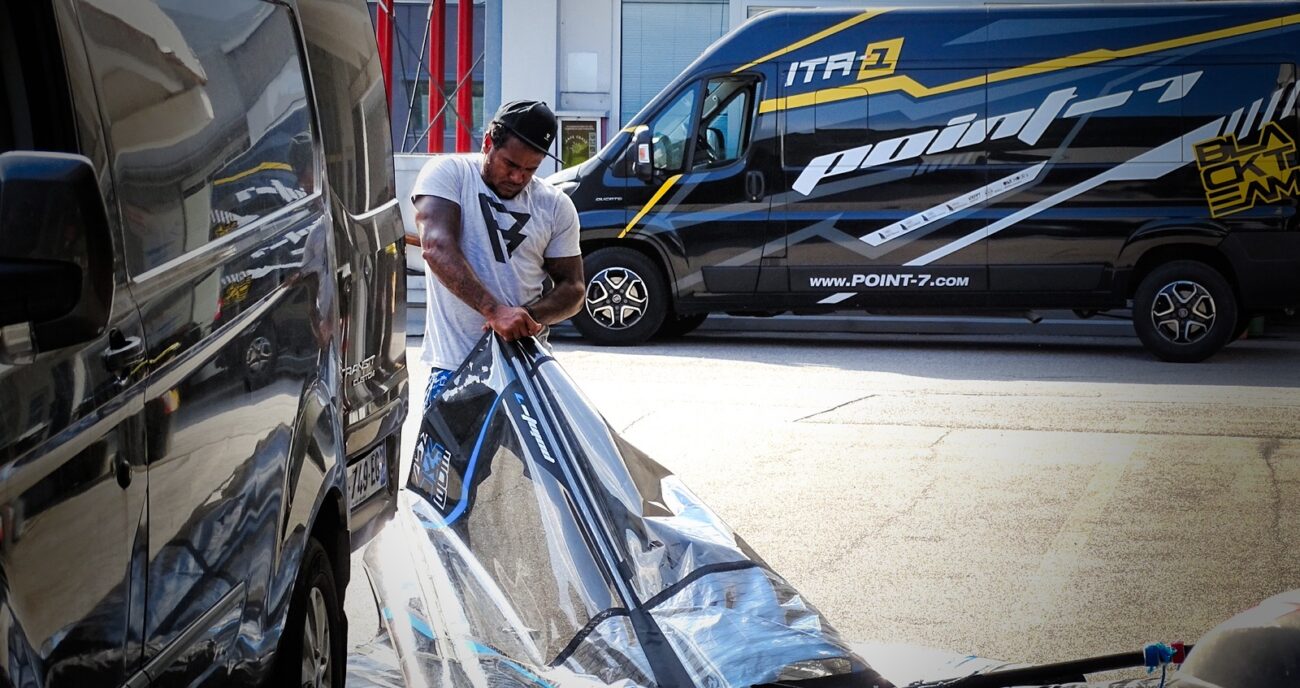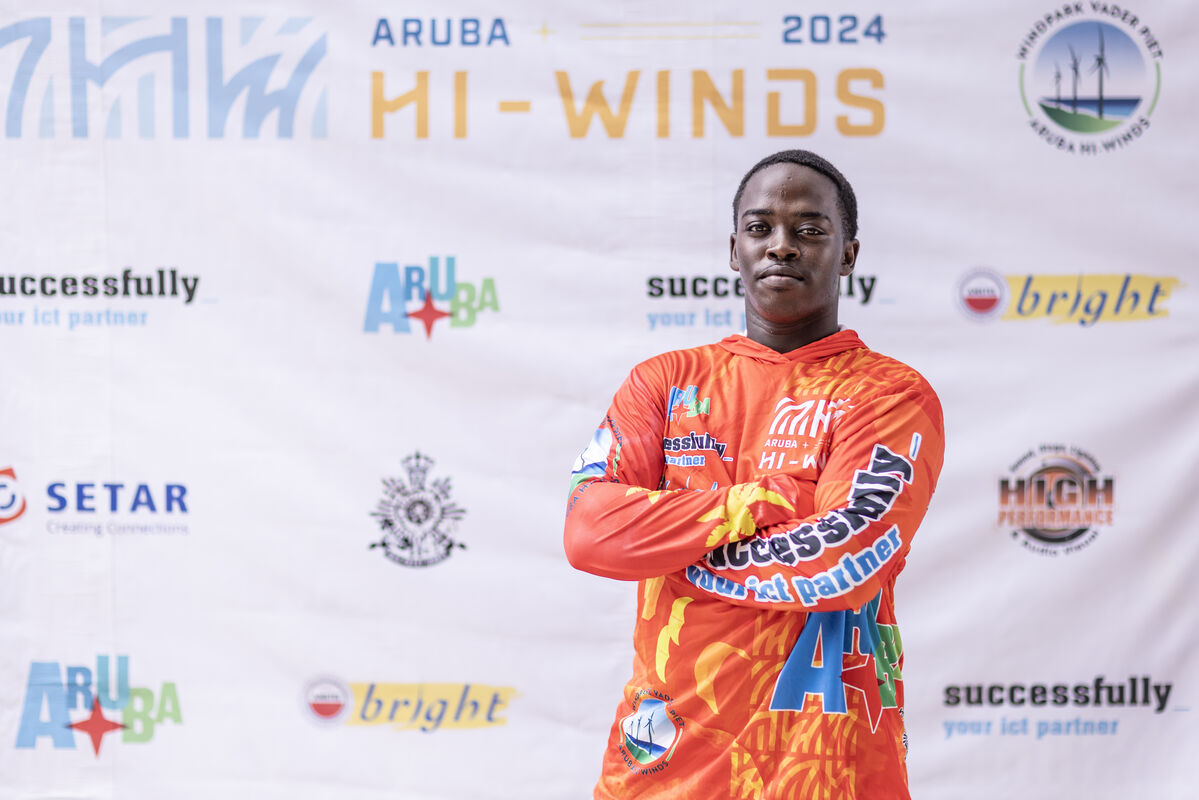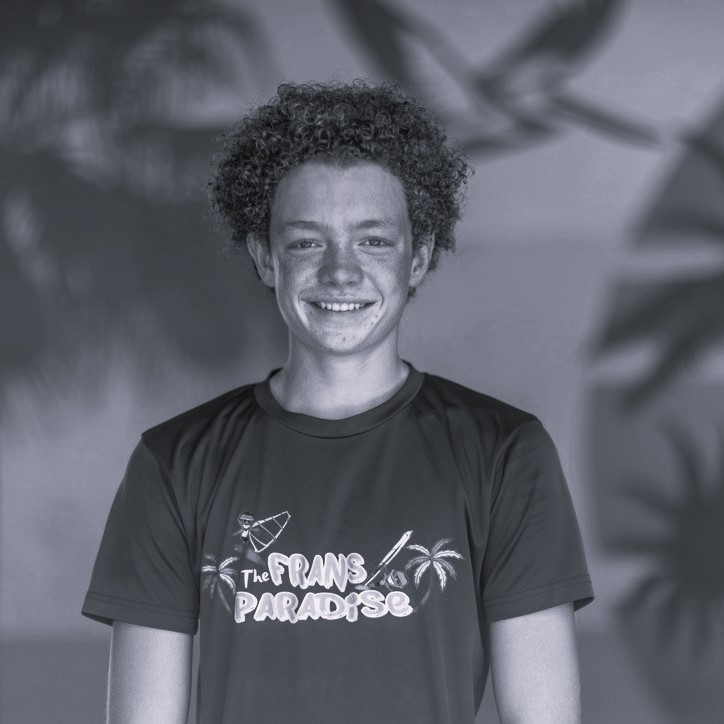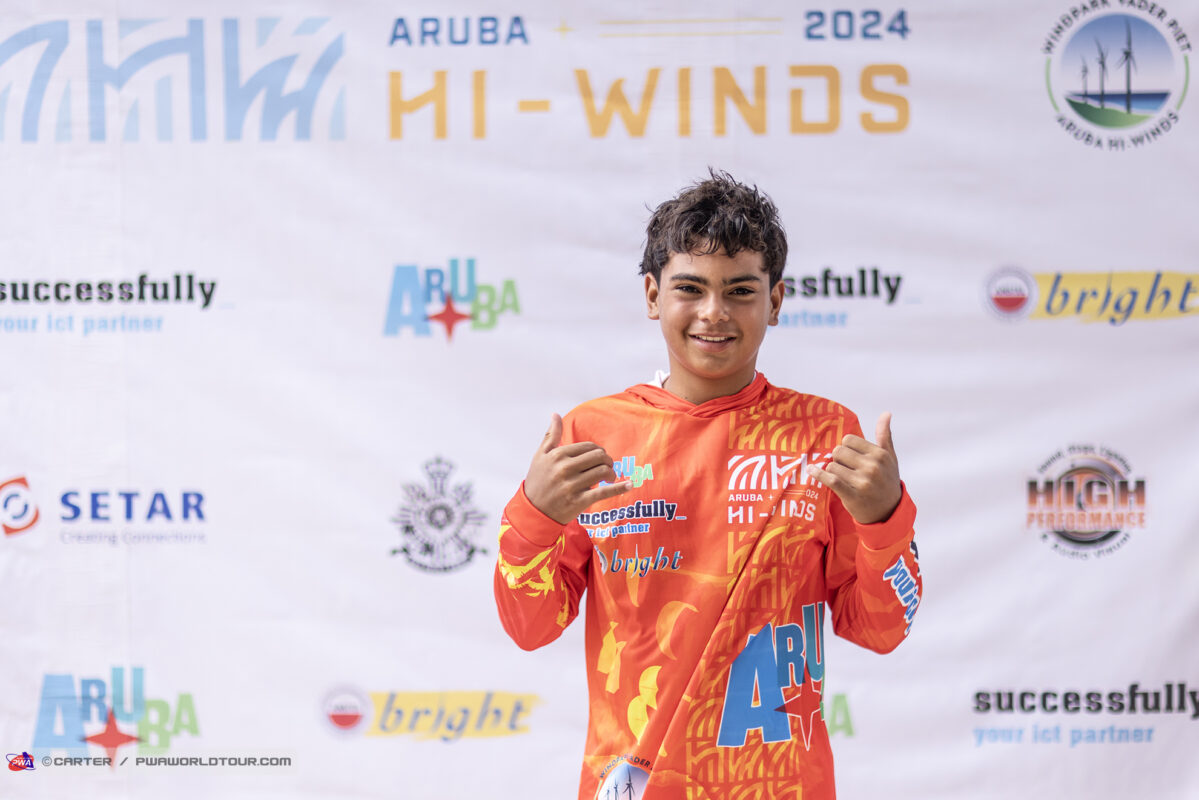- ZERO 26 – OVERVIEW
- SALTpro | PRO WAVE from €659
- SPY | FREESTYLEWAVE from €699
- SLASH | FREESTYLE from €599
- RUSH-1 | FREE SL from €689
- AC-0 | NO CAM RACE from €879
- AC-2 | 2 CAM RACE from Feb 026
- AC-3 | 3CAM RACING from €879
- AC-1 LTD | RACING from €1059
- F1 | FOIL RACING from Feb 026
- F0 | FOIL RACE NO CAM from Dic 025
- Q-BOND SAILS DETAILS
- QBOND DARK SERIES
- ZERO 25 – OVERVIEW
- SALTpro | THE WAVE from €649
- SPY | FREESTYLEWAVE from €659
- SLASH | FREESTYLE from €569
- AC-F | CROSSRIDE from €639
- AC-0 | NO CAM RACE from €749
- AC-2 | 2 CAM RACE from €789
- AC-1 | RACE SERIES from €839
- F1sl | FOIL PRO RACE from €999
- F1x | FOIL NO CAM RACE from €799
- SKOOL | EASY LEARNING
- S-LINE | RENTAL SAIL
- BLACK ARCHIVE
AC-1 022: the soul behind it
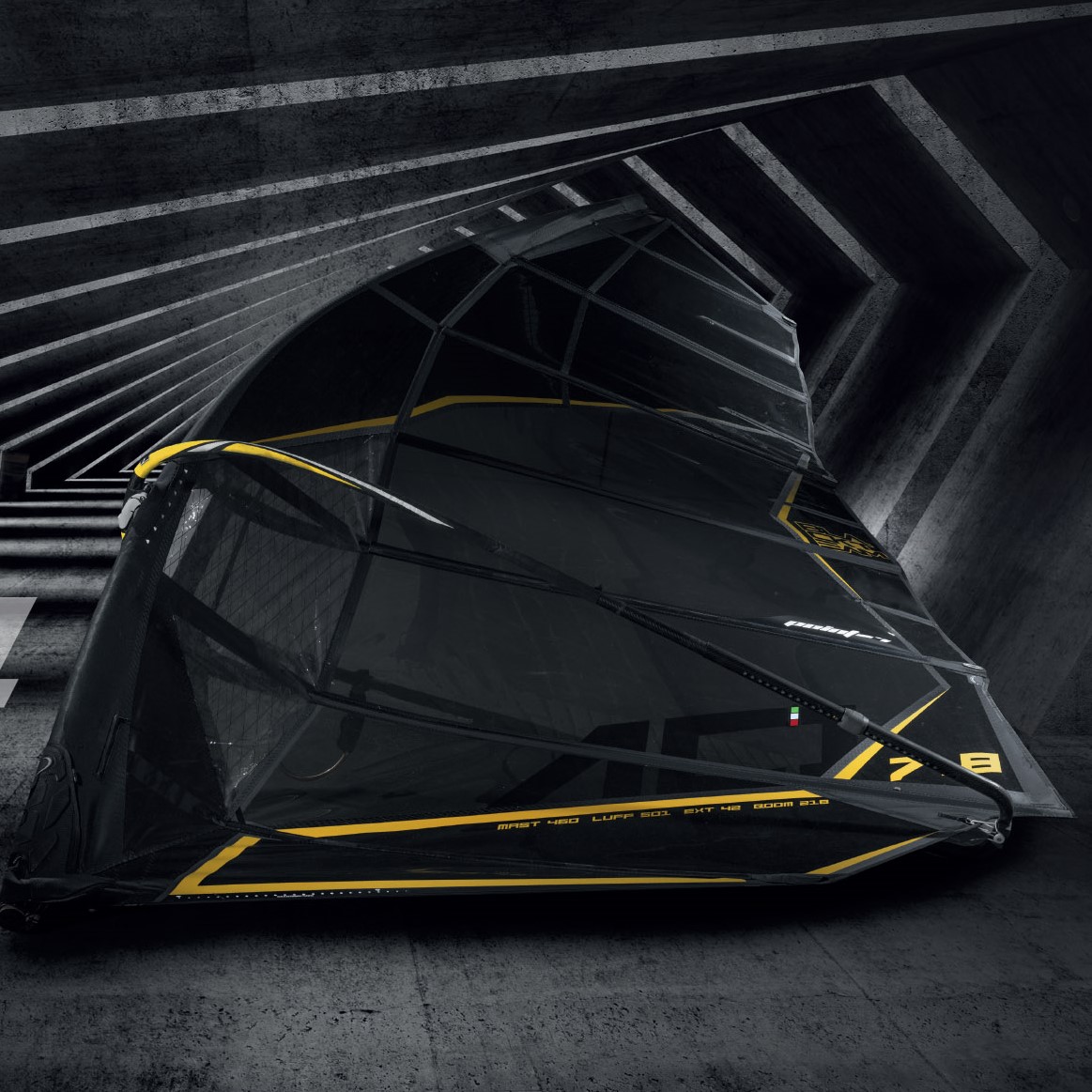
The concept of our race sail is to bring all the ingredients that a pro-rider needs to a sail. These ingredients are needed to go through the course at the fastest time possible, but at the same time, allow our riders to be comfortable to focus on the race and not in controlling the gear, plus perform if covered or in need to set free from the pack. The only thing our riders need to do, is to be fit to contrast the power of the sail and chose right strategies over the course, practically their job\part. Drive below the boom, power over the boom, acceleration over the blade of the sail and depowering on the leach to create comfort over a wide wind range, but this must be balanced with control. We have a nice round and deep knuckle at the entry of the profile. This gives extreme stability. Profile is deep and our sleeve is wide. The profile continues all the way to the top of the sail. We are immensely proud of our profile, at it than allows to have a nice S-Shaping directly from the base batten all the way to the mid-leach. S-shaping means that the batten gives power in light wind, but as soon as the sail and the power is getting too much on the back hand, the batten bends negative to allow faster release bringing three main advantages: acceleration, stability, light weight in the hands, and of course less drag. We have a hi-aspect outline, but after developing the foil racing sails, the slalom sails look square, and not as high aspect as they looked like till a year ago! The game is using all these characteristics to make the best sails. 3mm difference modify and you calibrate the sail to feel different on the water.
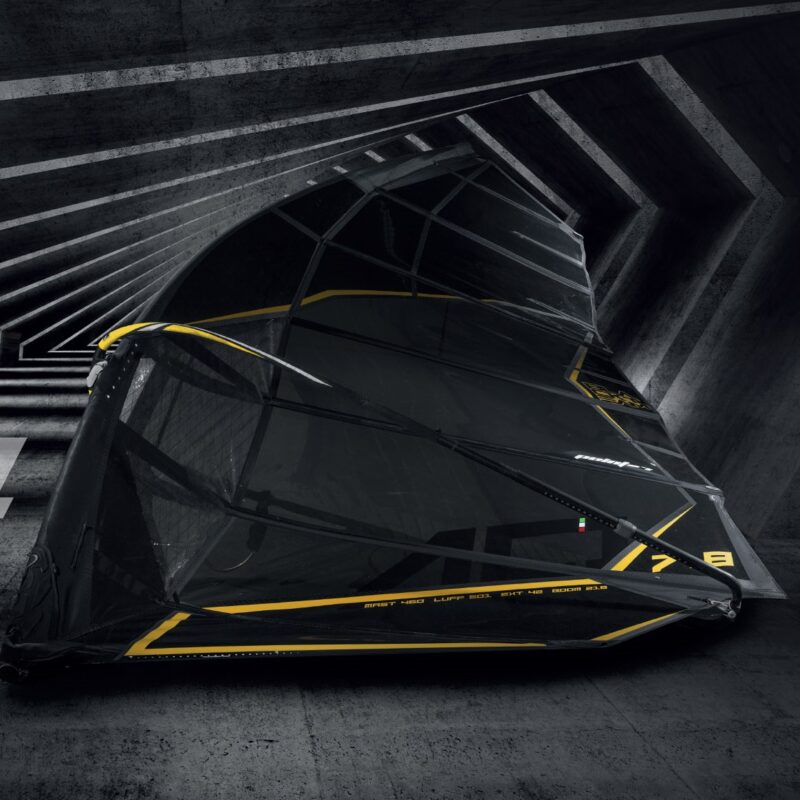
The 9.2 sail will be less used in future racing as many riders will chose to foil. Though most clients still love to slalom sail in light wind and tend to look for a good 9.2 slalom. Who has slalomed for many years and is fit, still loves to feel the big board hoovering over light winds. It’s a great feeling. Different to foiling, different to medium to strong wind slalom. Of course, racing with a 9.2 is demanding work as you need to pump the sail, manage to keep planning after the jibes, timing in the start is even more crucial. It takes energy and is also a physical sail. Normally riders have difficulty to choose between 9.2 and 8.6 when it comes to racing. 8.6 is more agile in pumping and lighter for the board to hoover. 9.2 has that extra power to push the fin to have more lift. Normally 8.6 is used in gusty conditions and flat water, and 9.2 more if there is a bit more swell and constant winds. The mast needs to be stiff at the base to allow the sail to have a stronger drive and power, but softer on the top so that the sail can breathe and have an automatic pumping with the smallest gusts. The IMCS of the mast is better when is a little softer as it makes the rig lighter and more friendly to pump. If you pump a softer sail (not that is soft as a ‘chewing gum’) the mast will bend with less power and bring power back to get going. Important in a big sail. The mast base needs to be as far back as possible to free the board from sticking. You don’t need to worry about flying away on a 9.2 normally. Important is that you can close the gap on the board well, otherwise it means that you have exaggerated.
The 8.6 on a medium board, once again, is giving more power than a 7.8, but a medium board will start being the winning board size, in the moment that there are more than 14-15 knots and a 7.8 is already going well. Under that wind the 8.6 will be faster for sure on a wider board like 85cm wide. Why do we still use an 8.6 on a 72cm wide board? It works in flat water racing especially where the base is still on the edge to use 7.8, but gusts are strong, even over 18-20 knots. The 8.6 could be too slow on a big board as the fin is long as the wind gusts hit over 16knots, as the drag is more, but putting an 8.6 on a medium will be overall faster. So, it is used really in that occasion. You can use the 8.6 also in choppy water on a 72cm board, it will get you going a little earlier than a 7.8 but will not be a little more technical, and technical means also physical if you are not able to tune it all perfectly. For fun, 7.8 on a medium board is more than enough and the best combo. Many riders keep using the medium board on 7.1 too as if it is gusty in some marks, it allows to float more against a small board and the little advantage of speed you could have on a small board, on the jibe it can be lost completely. 7.1 on a medium board is used a lot by lighter windsurfers, instead of using a 7.8 and for the big guys it’s when they want to go safe in tricky conditions, or again to hoover better over chop if the wind is not yet for 6.3 constant.
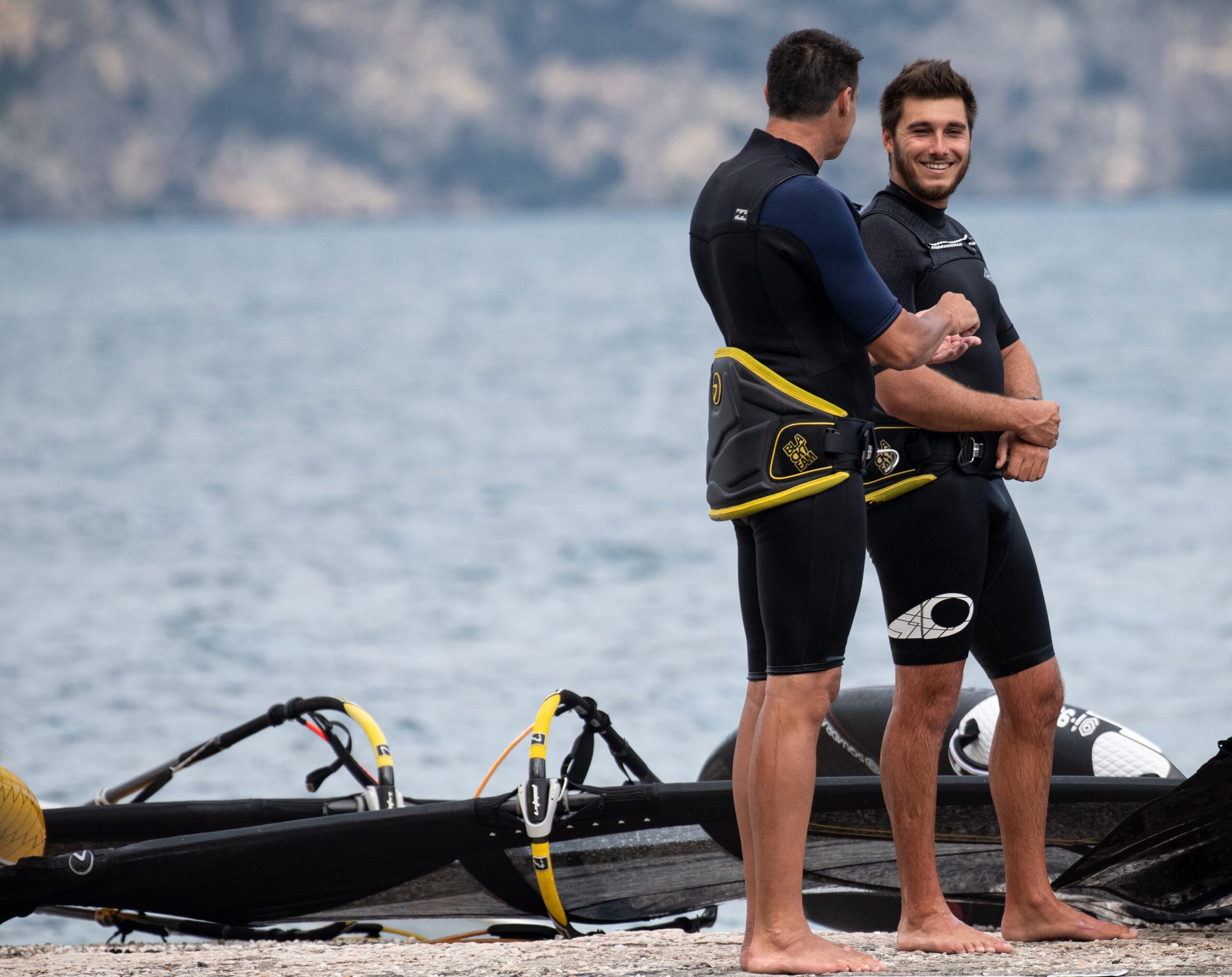
A deep profile gives a lot of stability to the boards, and by setting the boom height, the mast track in the right place, the board is stable even if you are overpowered, but the sail needs to help you not to have the back hand power that brings you sideways, but still brings you forward. To eliminate this back hand, you can certainly play those +1,+2 cm more outhaul. The S-Shaping of the battens comes to an important action. On our AC-1 we have each batten distinct set up in the sail to allow them to work to release wind, according to how much pressure comes in. This is to allow to keep the hands on the boom on the same place, allows the sail to do therefore the depowering work for you. You don’t even have to touch the outhaul of the sail once you find the power you like in the sail, the sail will keep that same power you have decided to have, no matter how strong the wind is. The adjustable outhauls come very handy to set the power you like, then you really don’t use them for each gust.
We use the Rdm masts on 6.2 down to 4.7 sizes. People may think that rdm masts are more forgiving as they have a thinner diameter. When we were testing the difference, it was the opposite. They were more reactive and gave a visible faster acceleration, as the amount of carbon layers is higher in a rdm mast. On a 400 rdm the stability starts to be good enough against a SDM mast, and this gives no disadvantage to use from 6.2 down. The rotation is also better as the size of the mast\cams is all more proportional. The choice of rdm comes from having even more reflex.
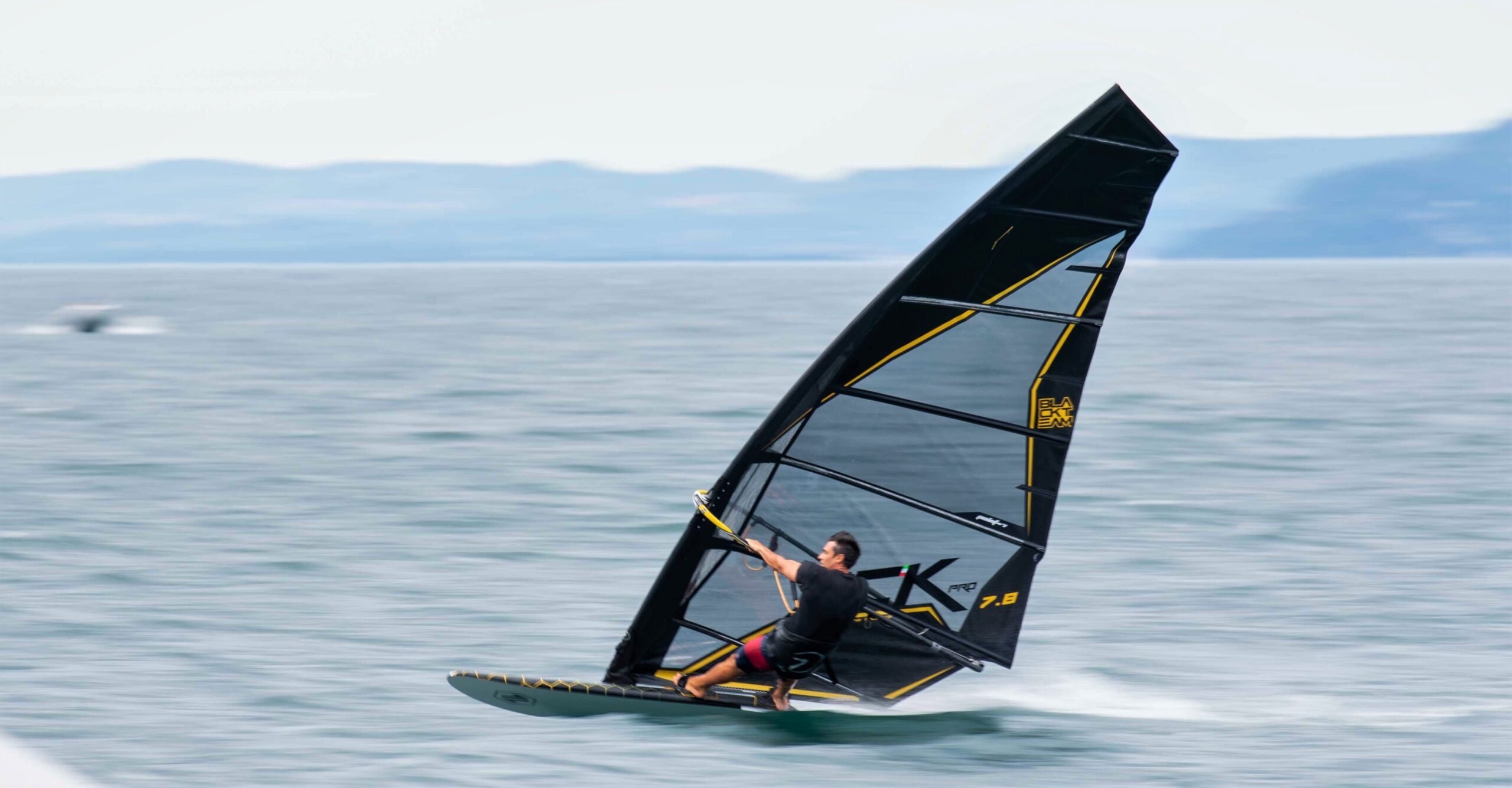
Check out the AC-1 by clicking here, or send us a mail to reserve. Soon more will be in stock.


